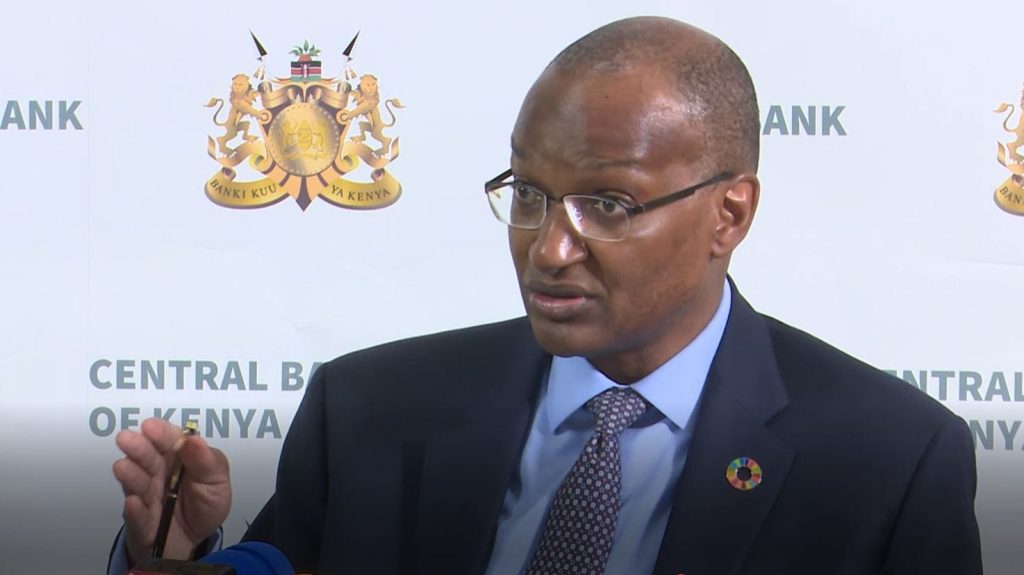advertisement
The interest rate caps are gone, which way for lenders?
The Central bank governor Dr. Patrick Njoroge has been drawing an interesting analogy to paint the dilemma that is facing the…

The Central bank governor Dr. Patrick Njoroge has been drawing an interesting analogy to paint the dilemma that is facing the country’s banking system – that of a swimmer.
Dr. Njoroge says an amateur swimmer thrown into the deep end, associates water with drowning and will frantically panic and definitely drown, but once they are taught how to swim, they will gracefully ride the waves of the ocean.
Kenyans rank banks just below the politician, they believe that unfettered banks will rob them clean, but Dr. Njoroge says if we are to believe him, banks are different.
advertisement
But let us take a test of whether banks are really different, over the years there has been a wave of the digital revolution sweeping almost all the 42 banking halls in the country.
For some banks, this has meant an opportunity to send workers home, copy and paste mobile lending applications, charger high rates than the interest rate cap and even though Credit Reference bureaus (CRB’s) have evolved, they have remained largely ignored.
However, some banks have shown that technology is not just a fast way to lend, they have been building solutions around it.
advertisement
Take for instance Equity Bank, in July 2015, the bank launched Equitel, a mobile virtual network operator (MVNO) using Airtel Kenya network as its carrier.
Unlike other lenders who took digital as an opportunity to lend blindly to anyone, Equitel not only sought to understand its customers through a telco model but embraced Credit scoring based on past borrowing behavior of customers; bank account data.
Equity was even ahead of Credit Reference Bureaus which are only now being reformed with extra features in order to develop a more comprehensive profile of an individual’s credit risk profile.
advertisement
The Central Bank of Kenya (CBK) says it is necessary to connect an individual to his/her accounts held by different credit providers using various identifying features, such as name, national identification number, address, tax identification number, and employer information.
Employment data will be used for matching (or establishing identity) and for risk assessment especially as it can speak to capacity.
While other lenders both piggybacked on Safaricom’s M-Pesa platform and Pesalink and did not necessarily lend to their customers. To access loans charged at 14.5% annual rate plus 1% of the loan amount as the appraisal fee, Equity Bank only lent to those with active Equity Bank accounts – for at least 6 months and active an Equitel line.
The Bank went ahead as to set up Finserve an all-digital subsidiary to help it define its future and has moved over 90 percent of all its customer transactions to mobile and digital platforms.
Even as CBK orders all bank CEOs to submit monthly capped interest reports, demonstrating how they will implement the Banking Sector Charter (BSC) where the regulator wants Banks to make changes including using information from Credit Reference Bureaus to give rates based on risks and not use a flat rate and to publish all hidden charges. Equity Bank of Kenya has already embraced these practices.